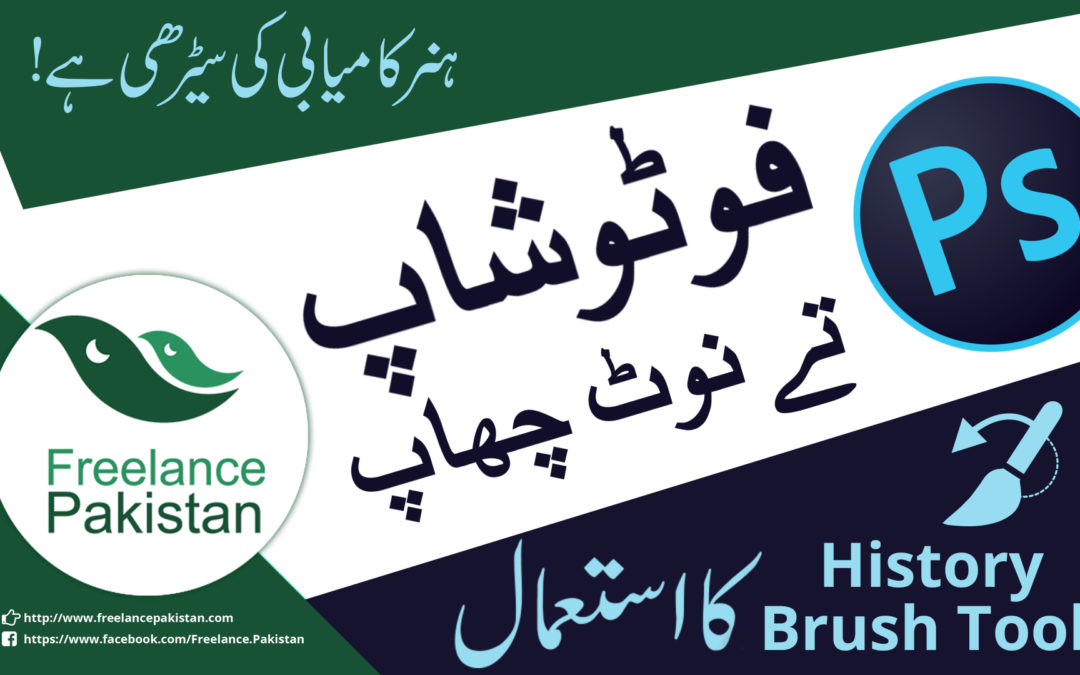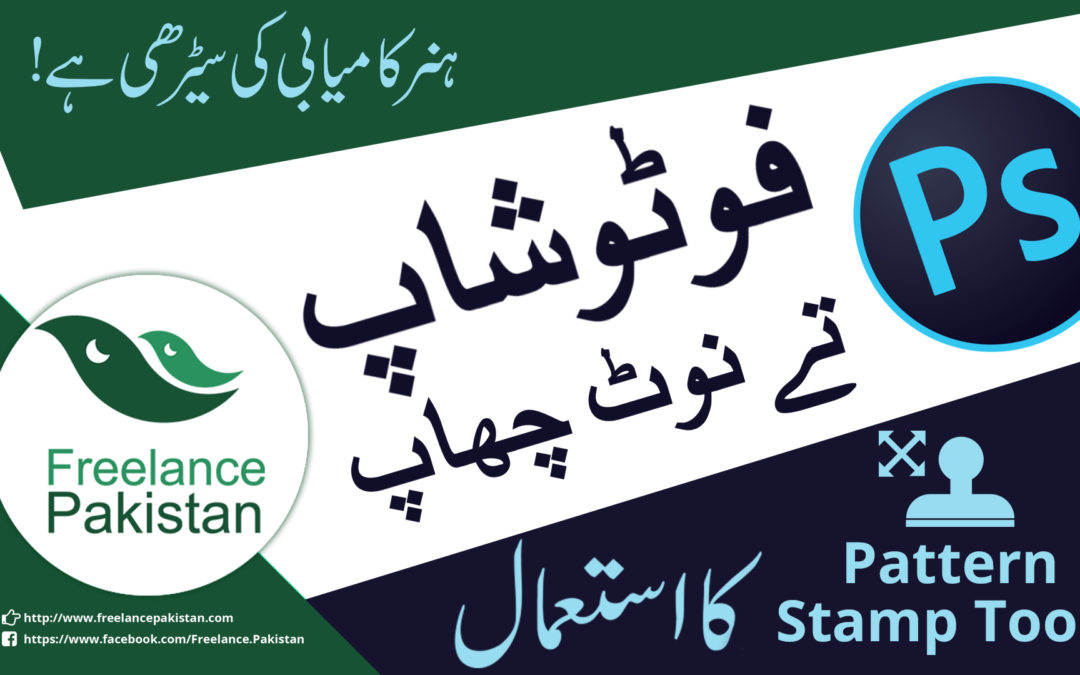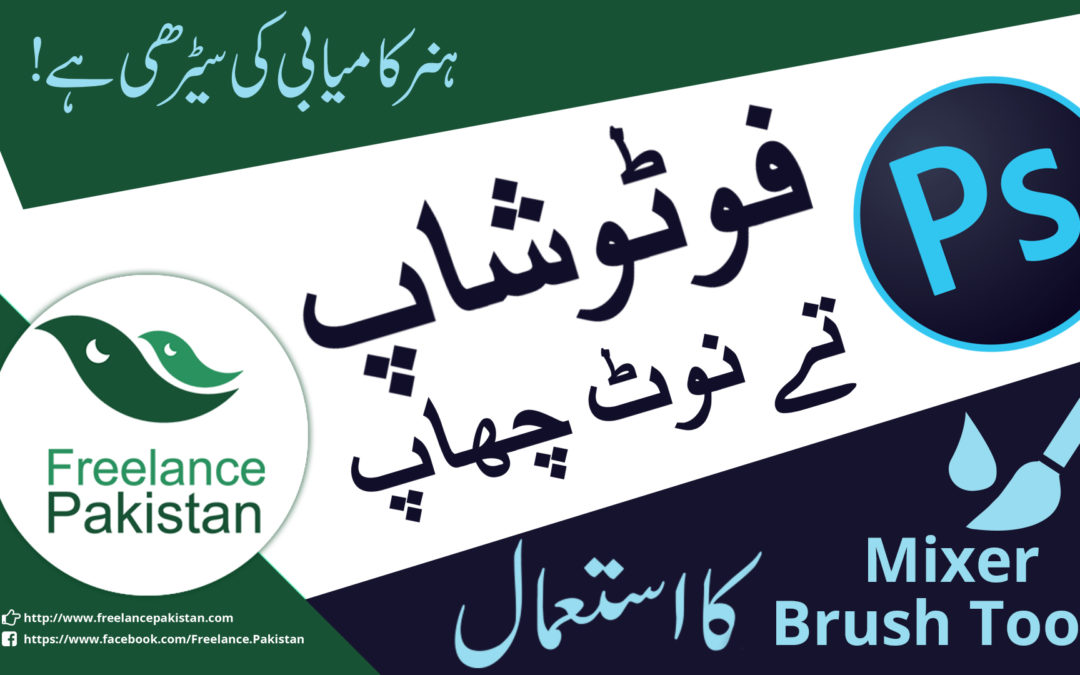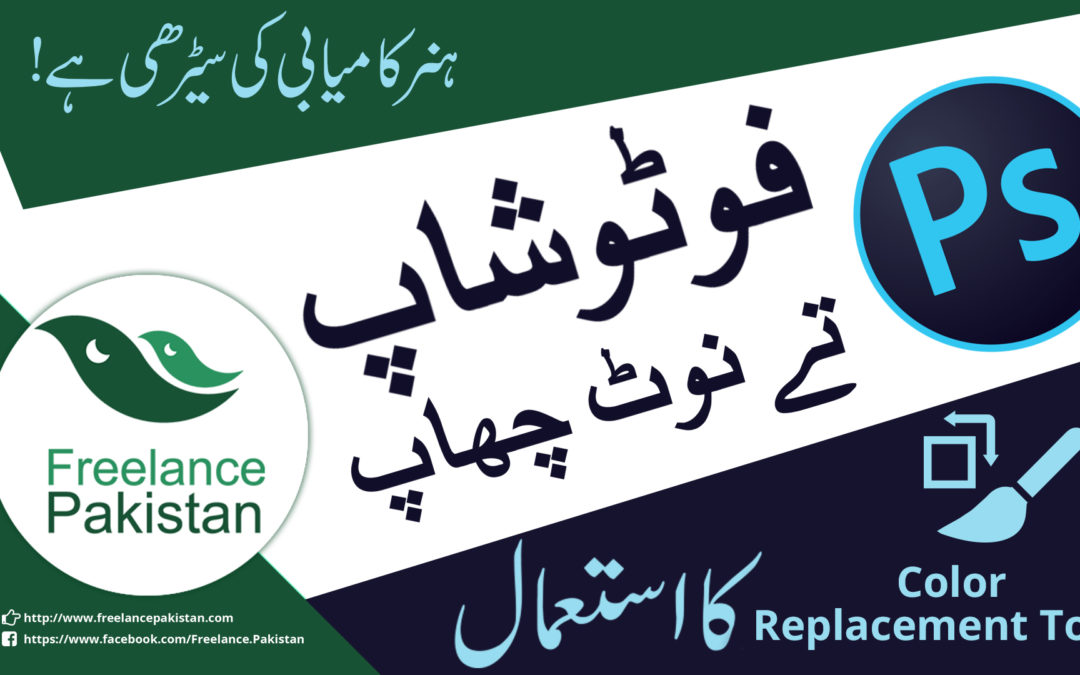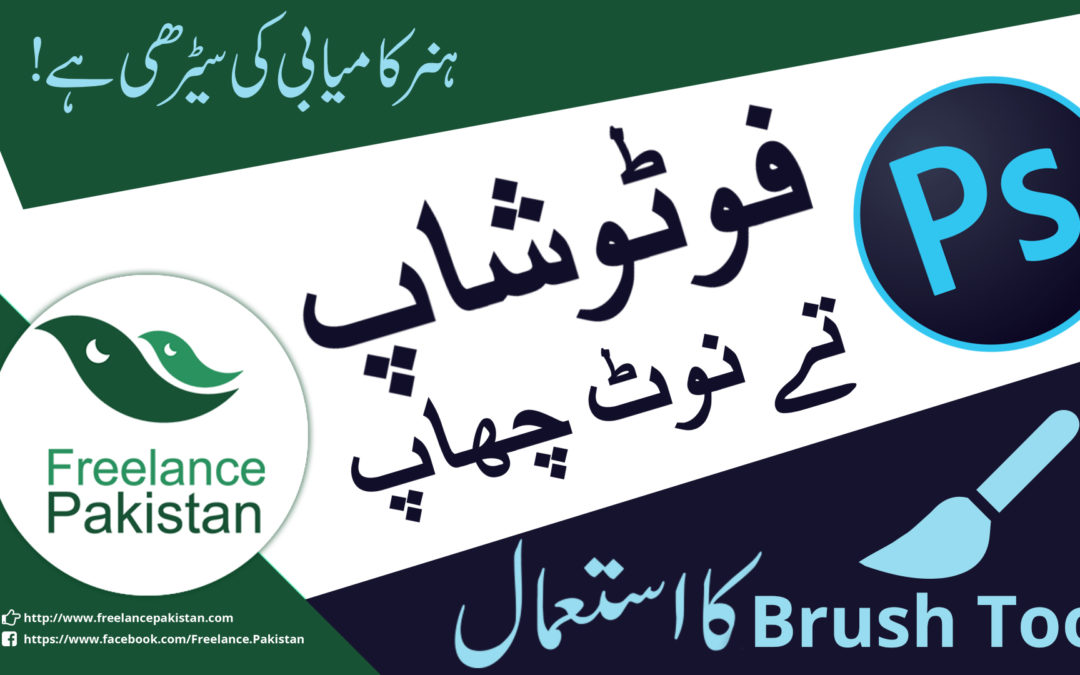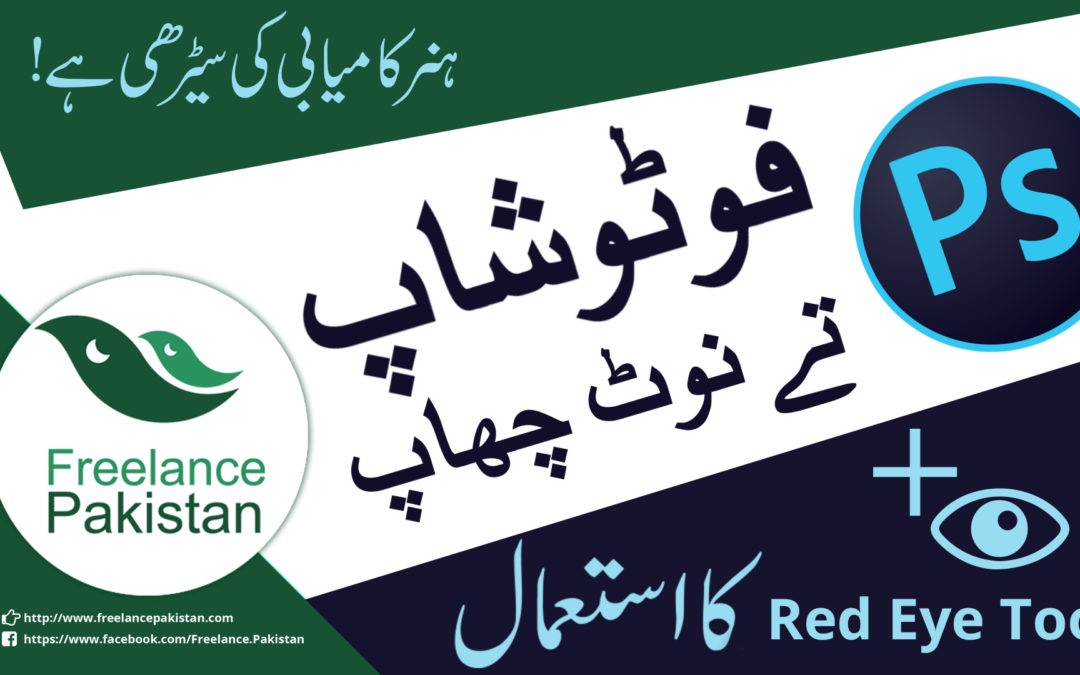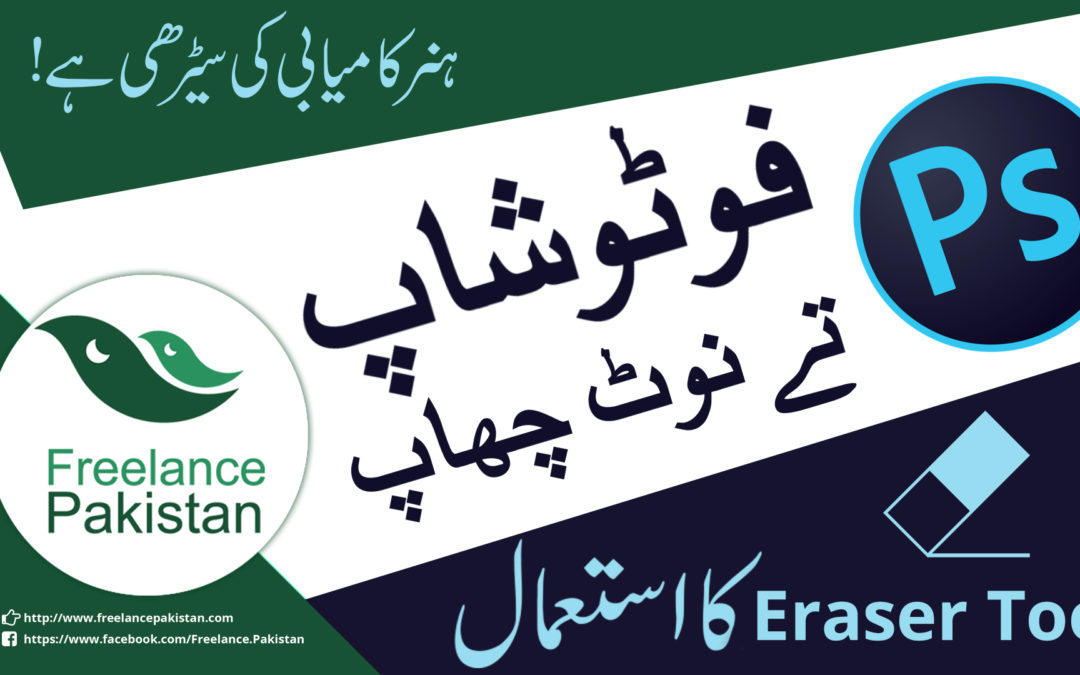
How to Use Eraser Tool in Photoshop
In this 31st tutorial, we are going to learn about Eraser Tool. This is one of the most basic tools in Adobe Photoshop for erasing pixels from a Photoshop Layer or object. How to use eraser tool in photoshop. It is very easy to use tool. All we need is to erase by selecting brush, pencil or block mode from Eraser Tool’s respective Option Bar. The Photoshop Eraser tool alters pixels to transparent. Eraser Tools in Photoshop are destructive in a sense that erased pixels are gone forever. Masks are the best way to hide or reveal pixels as per need. However, Eraser Tools have their own uses when needed and they come in handy quite often.
The keyboard shortcut key for Eraser tool is letter ‘E’.


